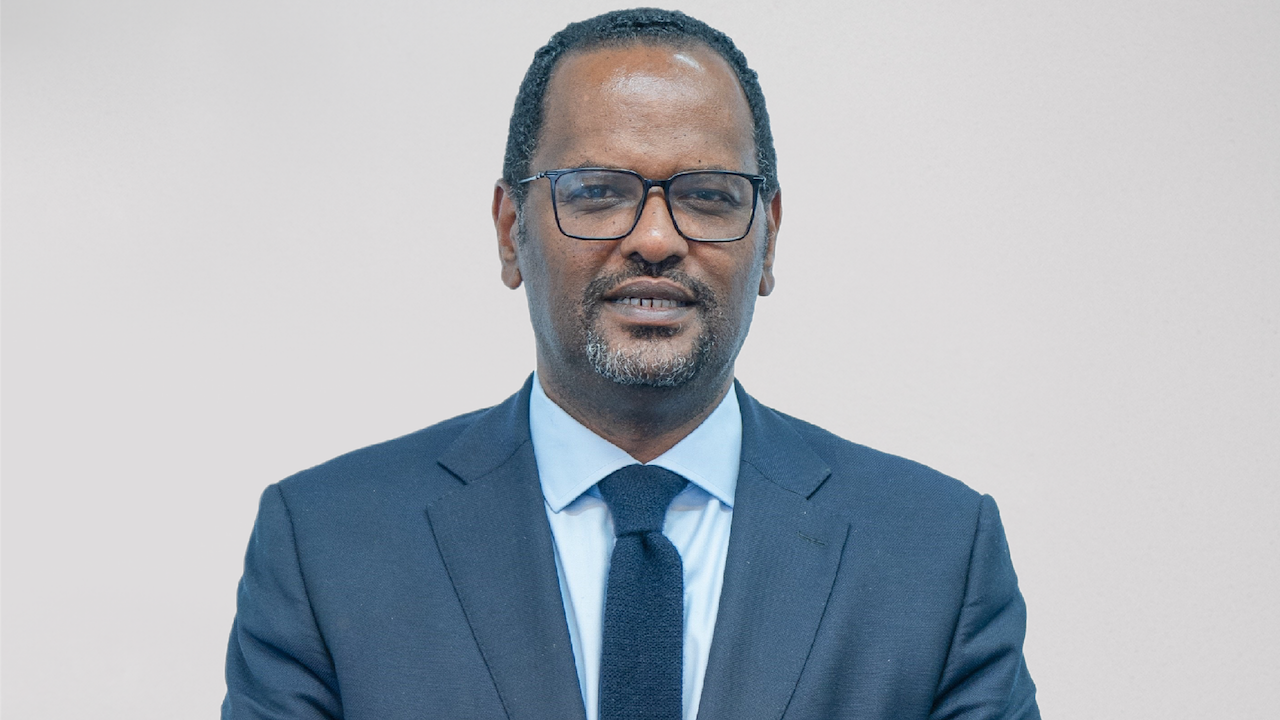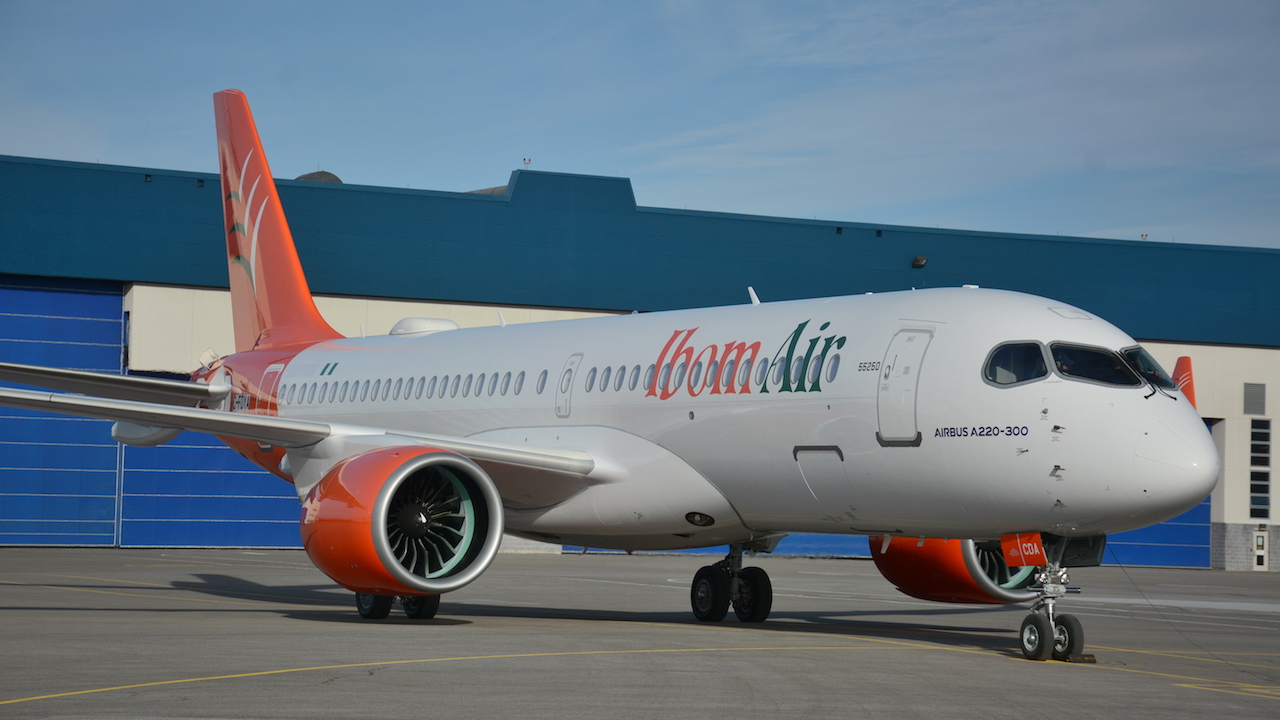Step by step, growing Boeing's Africa footprint
Boeing Africa’s managing director Henok Teferra outlines how the manufacturer views the prospects for the continent’s aviation market in this interview with Kaleyesus Bekele.

Henok Teferra: Boeing's community programmes span across 17 countries. IMAGE: Boeing
“Africa’s aviation industry has immense potential, but growth depends on key reforms,” said Henok Teferra, managing director for Boeing Africa.
“Full Single African Air Transport Market (SAATM) implementation will enhance connectivity and reduce air fares. Fleet modernisation with fuel-efficient aircraft and investment in SAF will drive sustainability,” Tefera said.
Boeing is one of the staunch advocates of SAATM seeing it as a catalyst for economic growth and regional connectivity. With 37 countries already participating, progress has been made in regulatory frameworks, safety standards, and capacity-building. However, many industry players are not happy with the slow implementation of SAATM.
“Boeing is committed to supporting the successful implementation of SAATM through collaboration with governments, airlines, and industry stakeholders, policy engagement, capability enhancement, and technology,” he said. “We take pride in our role not just as a fleet supplier, but as a critical enabler of the aviation ecosystem.”
Africa’s air transport market is poised for significant growth, with passenger traffic expected to rise by 6.4 per cent annually and triple by 2043. Boeing projects the need for 1,170 new aircraft over the next 20 years, with single-aisle planes making up 70 per cent of deliveries.
However, high operational costs, infrastructure gaps, and protectionist policies are some of the hurdles hampering the growth of the airline industry in Africa.
Aircraft financing
Access to aircraft financing remains a challenge. “Boeing is providing assistance, but still African airlines need better funding mechanisms, leasing options, and policy support to modernise fleets. Strong public-private partnerships are crucial for a competitive, unified air transport market,” Teferra said. “All these growth factors will position Africa as a global aviation leader and support Agenda 2063’s vision for prosperity.”
Some African countries are relaunching their national carriers, and private airlines are being established. Demand for newer jetliners is surging. Unfortunately, most African carriers are under financed as they face challenges in accessing aircraft financing and African airline executives need aircraft manufacturers’ intervention.
Teferra said that Boeing recognises that access to aircraft financing is a key challenge for many African carriers, particularly as they seek to modernise their fleets with newer, more fuel-efficient aircraft. “To support these airlines, Boeing offers a range of financial solutions and advisory services through Boeing customer finance, which helps customers explore and secure financing options tailored to their needs.”
According to Teferra, Boeing customer finance provides guidance on risk assessment, cash flow management and payment structuring and connects airlines with financiers such as banks, multilaterals and lessors, including the US Export-Import Bank (EXIM Bank) and Afrexim Bank, facilitating structured financing and lease options. “We also collaborate with all aircraft lessors to help secure lease agreements for African airlines,” he said.
“Additionally, we advocate for improved aviation financial policies that will attract greater investment. To achieve this, we collaborate with governments, regulators, financial organisations, as well as institutions like the Airline Working Group which helps assess a country's compliance with the Cape Town Convention and provides a rating that indicates the ease of placing and repossessing aircraft in the country,” he added.
Teferra pointed out the memorandum of understanding it signed with Nigeria's Ministry of Aviation and Aerospace Development in 2024 as a notable example of Boeing’s commitment. The agreement is designed to enhance the country's aviation sector, including facilitating access to aircraft financing and leasing.
African footprint
Boeing has maintained a significant presence in Africa's aviation sector for more than 75 years, with over 60 airline customers operating approximately 500 Boeing aircraft, representing about 70 per cent of the in-service fleet across the continent, he explained.
In terms of recent developments, Ethiopian Airlines became the first African carrier to order the Boeing 777X in March 2024, with an agreement to purchase eight 777-9 passenger aircraft and options for an additional 12.
In 2024, Boeing delivered a total of seven aircraft to Africa, comprising four 737 MAX and three 787s for Air Tanzania, the Tanzanian Government, Ethiopian Airlines, and Royal Air Maroc. “At the end of January, the inaugural Boeing 787 landed in Luanda, marking a significant milestone as we delivered the first of four 787 Dreamliners to TAAG Angola Airlines,” he noted.
Beyond its usual business, Boeing collaborates with African countries to foster the development aviation industry by providing support to aviation academies, MRO centres and aerospace manufacturing industries.
“We partner with aviation academies and universities, such as Addis Ababa Institute of Technology and Cairo University, to enhance aviation workforce development and foster research and innovation. Additionally, we work with trusted non-profit organisations to inspire kids and young adults to pursue careers in aviation and space and address community needs,” said Teferra.
From workforce preparation, STEM education, and entrepreneurship to sustainability and women empowerment, Boeing’s community programmes span across 17 countries including Côte d’Ivoire, Ghana, and Sudan.
Manufacturing and MRO
While also helping airlines address and build local MRO capabilities, Boeing believes that it is vital to strengthen regional aerospace manufacturing and infrastructure, said Teferra. The company is investing in developing opportunities for aircraft parts manufacturing and engineering capabilities. It is closely working with suppliers and partners in Ethiopia, Morocco, and South Africa.
In Morocco, Boeing and Safran have established a joint venture, Morocco Aero Technical Interconnect Systems Aerospace, to manufacture wire bundles and harnesses. Boeing also supports sourcing and engineering to establish an advanced manufacturing research centre in Morocco.
In Ethiopia, Boeing expanded its wire harness procurement by working with Ethiopian Airlines to establish a new manufacturing facility at the airline’s base in Addis Ababa. Ethiopian Airlines also produces thermo-acoustic insulation blankets for the 737 MAX through a joint venture with an Italian Boeing supplier, Geven-SkyTecno, at the airline’s MRO plant.
In South Africa, Boeing signed an agreement with Aerosud to manufacture airframe parts. “Boeing is committed to fostering a self-sustaining and competitive African aviation sector through such initiatives,” Teferra said.
SAF approach
In 2016, South African Airways marked a milestone by conducting Africa's first passenger flights powered by SAF. According to Teferra this achievement was made possible through a collaboration between Boeing, SAA, the Roundtable on Sustainable Biomaterials (RSB), Sunchem SA, and SkyNRG, which developed biofuel from tobacco plants.
Fast forward to 2023, and Boeing and RSB published a study that underscores the potential for SAF production in sub-Saharan Africa while creating jobs and driving just energy transition. The study identified brassica carinata (Ethiopian mustard) as a promising feedstock for biofuels, capable of addressing both food and energy needs. Additionally, it highlighted the significant potential of utilising invasive alien plants in South Africa for SAF production.
Restoring trust
In the wake of the two fatal crashes of the 737 MAX in Indonesia and Ethiopia in 2018 and 2019, plus a door plug that blew off an Alaska Airlines 737 Max in early 2024, Boeing’s safety and manufacturing approach has been under intense scrutiny.
“There is work under way across Boeing to improve our culture, restore trust and deliver for our customers,” explained Teferra. “We are focused on stabilising the business, implementing our safety and quality plan under the supervision of the FAA and improving execution on our commitments.
“Boeing’s safety and quality plan focuses on four areas: elevating our safety and quality culture, investing in workforce training, simplifying manufacturing processes and plans, and eliminating defects. The plan also outlines key performance indicators (KPIs) to continuously monitor and manage the health of our production system,” he said.
“The plan is on course with progress showing tangible improvements. Boeing addressed more than 70 per cent of action items in commercial aircraft production based on employee feedback, instituted new random quality audits, added hundreds of hours of new curriculum to training programmes, mapped and prepared thousands of work instructions for revision.
“Additionally, we track significantly reduced defects in 737 fuselage assembly at Spirit AeroSystems by increasing inspection points at build locations and implementing a customer quality approval process.
“Boeing continues to make improvements in each of the four focus areas,” Teferra concluded.
Stay up to date
Subscribe to the free Times Aerospace newsletter and receive the latest content every week. We'll never share your email address.

